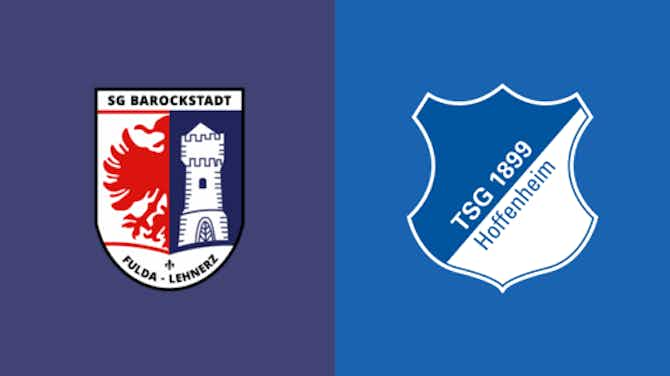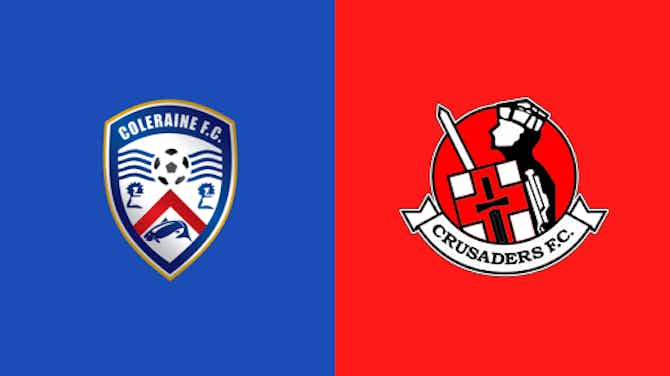EPL Analysis
·25 November 2020
Premier League 2020/21: Wolverhampton Wanderers vs Southampton – tactical analysis

EPL Analysis
·25 November 2020

The final match of game week nine of the Premier League saw a rich structural and tactical contest between Wolverhampton Wanderers and Southampton. Despite having different approaches, aimed at playing to their strengths, both teams thrive on the counter during transitions.
Both sides have been drilled to build up as well as press from the flanks. On one hand, Conor Coady’s absence after 84 consecutive games without missing a minute prompted Wolves’ structural change to a back four. This allowed for Southampton’s brightest moments to come from spaces in the centre.
On the other hand, the pace of Wolves’ front three, in conjunction with Southampton’s high defensive line, permitted them nine out of their 20 shots on target.
In this match report, we provide a tactical analysis of key themes in the 1-1 draw. Our analysis compares and contrasts the tactics behind their respective structural solidity, pressing and attacking output.
Southampton play a direct, high-pressing brand of football through Ralph Hasenhuttl’s preferred 4-4-2 structure. Stuart Armstrong and Moussa Djenepo provide versatility to their team’s structure, depending on the situation. When one stretches out wide, the other assumes a more advanced central position by becoming an extra attacker.

The absence of former Liverpool players was significant for both sides. Despite Theo Walcott getting on the scoresheet, the partnership between Danny Ings and Che Adams has been quite potent for the Saints. Moreover, the absence of Coady prompted Nuno Espirito Santo to switch to a two centre-back system.
The addition of an extra central midfielder in Joao Moutinho looked to sustain Wolves’ routine style of play, despite their new shape. They looked like a 4-3-3 moving forward and a 4-1-4-1 off the ball. The structural change for Wolves had several implications, with the average positions of their wide defenders in Rayan Ait-Nouri and Nelson Semedo 10 yards deeper.
This is relevant because Wolves depend on the quality of their wing-backs to break lines in the final third. Consequently, Daniel Podence and Adama Traore had to cover more ground on the flanks. Traore thrived in the role with his effective, rugby-like progressive runs. Conversely, Podence is a more natural number nine and made the wrong decisions at times in key possession chains.
After conceding first, Wolves made a second structural change into a 4-4-2, with Pedro Neto playing in Podence’s stead. His approach to the wide midfield position empowered a more decisive performance in the final third.
In the following sections, we elaborate on Southampton’s attempts at playing against Wolves’ defensive structure. We further illustrate how Wolves’ offensive structure was effective in getting behind Southampton’s defence. We find that a driving factor behind the tactical tension between the two counter-attacking teams was their tempo.
When passing the ball from the back, Southampton often employ the structural symmetry of a 4-2-2-2 in their build-up. In the following position, Walcott drops deep, alongside Armstrong, to form a two, becoming an extra option for the second pass to potentially bypass Wolves’ first defensive line.

Wolves’ signature 3-4-2-1 employs a similar pressing routine. However, it works more effectively due to an extra defender in the centre. Southampton’s rotations and vertical passing were particularly effective in the first half in exploiting the said central gaps.

Wolves rely on their equidistant shape to win the ball back. This often results in allowing their opposition possession for extended periods of time. The above position arises after Southampton played over 20 passes from a goal kick. Romeu’s line-breaking vertical pass exposes the awkward position of Wolves’ midfield, and Armstrong’s rotation through positioning himself higher up the pitch permits him to receive Adams’ pass behind Willy Boly.
Leander Dendoncker’s positioning here is noteworthy. He is unable to contribute defensively in this situation, as his coordination with Moutinho as the two number eights was lacking.
In the second half, Wolves at times were a bit too conscious about their gaps in the centre, which in turn made them vulnerable on the flanks during transitions. Consider the following image.

In the transition that led to Southampton’s goal, Wolves were caught in an overly narrow shape. Adams’ industriousness permitted him a favourable second-ball situation against Max Kilman. His unchecked ground cross exposed Wolves’ shape, as an unmarked Walcott converted the chance. Dendoncker is superfluously positioned once again, as there are enough yellow shirts blocking a central pass.
Both teams are quite similar in their approach to the centre. They aim at controlling it through the flanks. However, Southampton’s system plays with a higher intensity. Off the ball, Southampton’s PPDA of 8.99 is second only to Leeds United. Furthermore, they move the ball quickly, with runs made by players in between the lines.

Their intensity in the opposition half is tailor-made to hold a high line and win the ball higher up the pitch. However, this often compromises their shape, which might be dangerous if their press is bypassed. Additionally, they enjoyed 55% of possession, which made them susceptible to more counter-attacks.
When defending in their own half, they suffer from sub-optimal distancing between their flat lines of defence. This may be a bi-product of trying to dominate the flanks with their pressing.

In addition to certain structural compromises, Southampton conceded far too many set-pieces in dangerous areas, and Wolves were unlucky not to have scored from remarkably well-worked situations. Alex McCarthy was arguably the man of the match by displaying his shot-stopping ability in several set-piece scenarios.

Southampton’s high-intensity and almost over-aggressive method of winning the ball rendered them unable to make unforced errors in dangerous positions. The lack of discipline with respect to Saints players lunging in was a major factor in allowing the number of shots that they did.
Wolves’ solid structure upfront was contrasted by spaces in their defensive centre. While they may have allowed a pass too many at times, they looked more dangerous in counter-attacking situations. Furthermore, it may be surmised that their patience off the ball translated into them not conceding chance due to individual errors.
Southampton’s proactive system has already beaten the likes of Manchester City and Everton this season. Their initiative in the first 60 minutes of the match was quite promising as they were playing against fundamental issues in Wolves’ setup. However, it could be argued that, in having so much of the ball in conjunction with their high-line, they were vulnerable on the break.
Wolves’ tactical changes underline their puzzling statistic of being significantly better in the second half. Neto, in particular, was central in salvaging a point for a team that has trouble scoring goals on demand. He has a balanced creative skill set in being able to engage in key passes as well as dribble past players, and his presence immediately brought Ait-Nouri into the game and linked Wolves’ midfield with their attack.
Despite the significant parity in shots, the contest between the two teams was far closer. Wolves’ expected goals (xG) on the day was 1.57, compared to Southampton’s 1.08. Southampton’s lack of shots on goal could be attributed to the Saints’ front two.

An end-to-end match at Molineux was quite instructive in exploring the intricacies behind two approaches to counter-attacking football. Both managers will find positives in their earned point.
This tactical analysis deconstructed decisive factors in the match between two teams that are not far behind the top four. In the end, Wolves’ structural solidity cancelled out Southampton’s probing intensity.
Wolves are unlikely to play four at the back and will continue developing their system around their wing-backs. Conversely, Southampton will look to minimise conceding unnecessary set-pieces in dangerous situations.


Live





























































